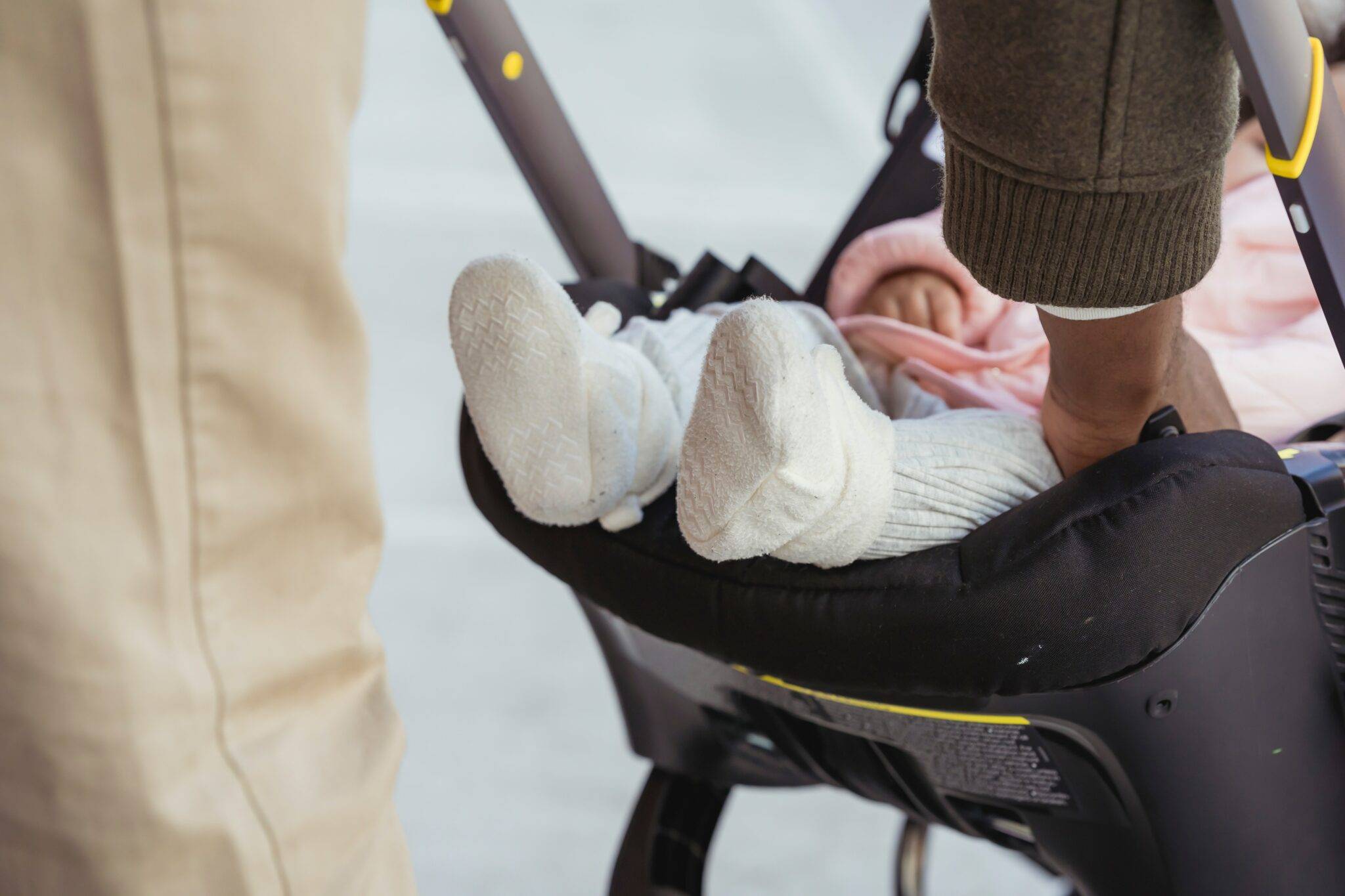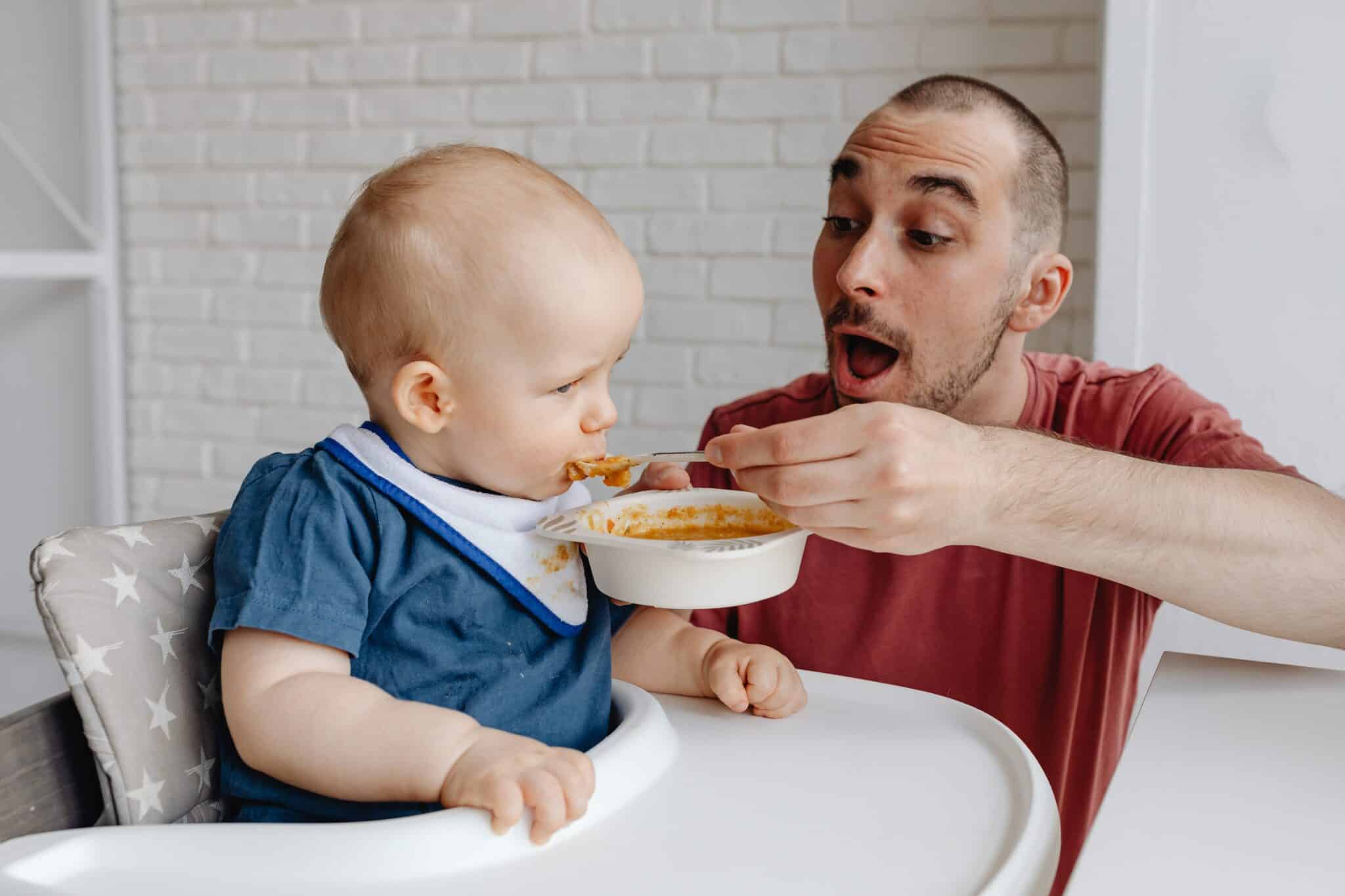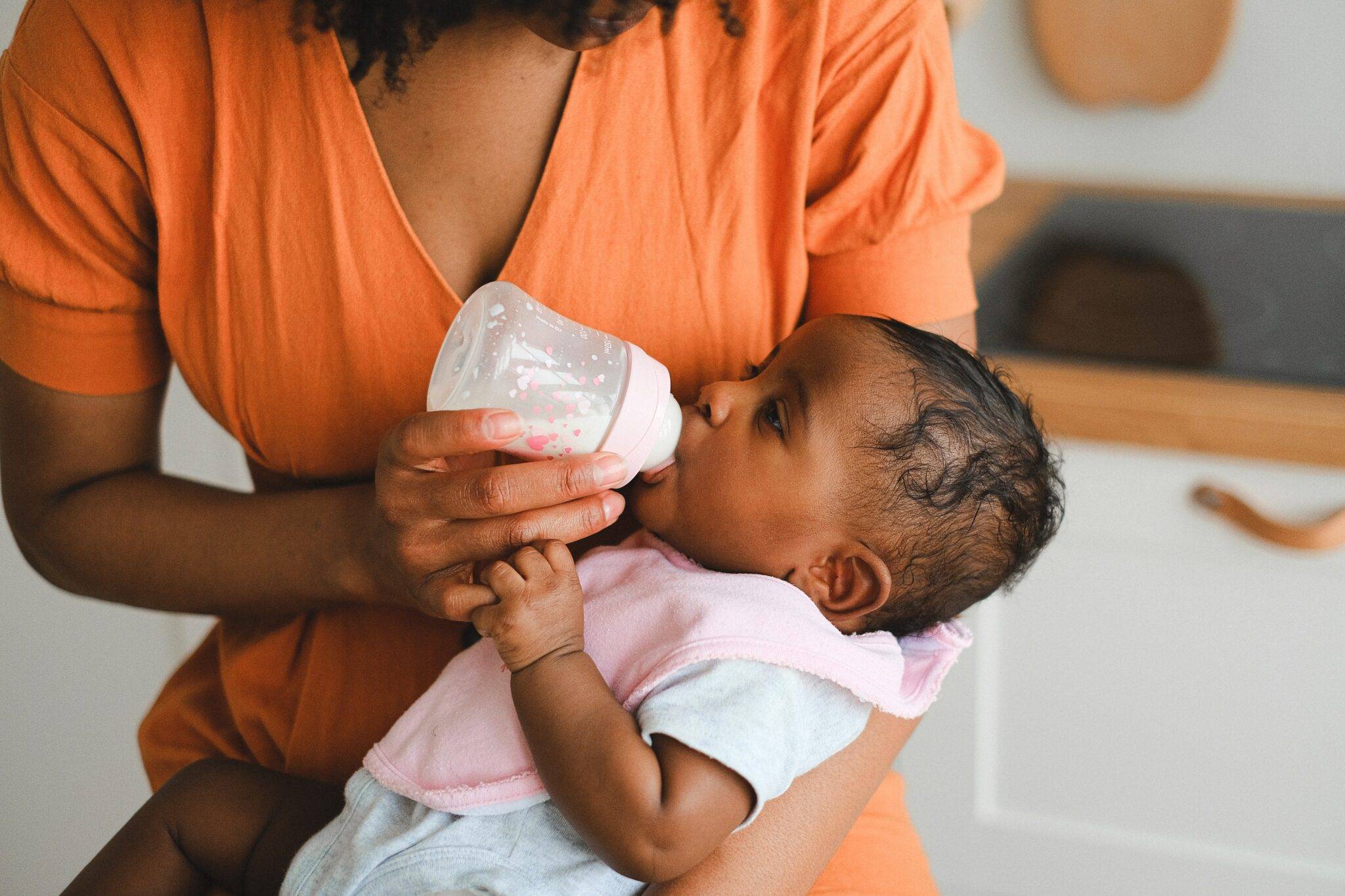As a parent, your baby’s health is always your top priority. Every small change in their behavior, eating habits, or even diaper contents can send you into a spiral of concern. One of the most common questions that new parents face is about the color of their baby’s poop.
While it might seem strange to worry about, the color and consistency of your baby’s stool tell you about their health. Green poop, in particular, is alarming if you’re not sure what’s causing it. This article will guide you through the various reasons why your baby’s poop might be green, help you understand when it’s normal, and point out when it could be a sign of a problem.
Normal Baby Poop: What Should It Look Like?
Before we delve into the specifics of green poop, it’s essential to understand what “normal” baby poop looks like. The color, consistency, and smell of your baby’s poop vary significantly depending on several factors, including their age, diet, and overall health. Knowing what to expect determines if something is out of the ordinary.
The First Few Days: Meconium
In the first 24-48 hours after birth, your baby will pass meconium—a thick, sticky, and dark green to black substance. It consists of everything your baby ingested in the womb, including amniotic fluid, skin cells, and mucus. While the color might be startling, meconium is perfectly normal and is your baby’s way of clearing out their digestive system to make room for milk.
Breastfed Babies: Mustard-Yellow Poop
Once your baby starts feeding on breast milk, their poop will change significantly. Breastfed babies have mustard-yellow stools and a seedy texture. The consistency is soft or even runny; it seems like diarrhea, but this is normal. Occasionally, breastfed babies have greenish poop, which is usually nothing to worry about. A greenish poop happens if your baby is getting more foremilk than hindmilk, as foremilk contains less fat and more lactose, which results in green stools.
Formula-Fed Babies: A Wider Range of Colors
If your baby is formula-fed, their poop is thicker than that of breastfed babies. The color ranges from yellow to tan, brown, or even green. Formula-fed babies tend to have firmer stools, and because formula is harder to digest than breast milk, their poop is less frequent but substantial. The green tint in the baby’s stool is due to the iron content in the formula, which is generally not a cause for concern.
Transition to Solids: Expect Changes
As your baby begins to eat solid foods, their poop will change again. The ingestion of solids leads to varied colors, from brown to orange to green. The consistency will also become firmer, and the smell will change. Foods like peas, spinach, and other green vegetables naturally cause green stools. However, watch for signs of distress or discomfort in your baby during this transition period, as these could indicate a food intolerance or allergy.
Why Is My Baby’s Poop Green? Common Causes and Explanations
Green poop is one of the most common concerns parents have about their baby’s bowel movements. Fortunately, in most cases, green poop isn’t a cause for alarm. Several factors lead to green poop, many of which are completely harmless.
1. Diet and Digestion: The Role of Foremilk and Hindmilk
One of the primary reasons for green poop in breastfed babies is the balance between foremilk and hindmilk during feeding. Foremilk is the milk produced at the beginning of a feeding session. It’s higher in lactose and lower in fat, which moves through your baby’s digestive system more quickly.
If your baby is getting too much foremilk and not enough hindmilk (the richer, fattier milk that comes later in the feeding), this results in green, frothy stools. To ensure your baby gets a good balance of both, allow them to feed on one breast until it’s empty before switching to the other.
For formula-fed babies, the iron content in the formula causes green poop. This is normal and doesn’t require changes to your baby’s diet. If you’re still concerned about this green poop, discuss it with your pediatrician.
2. Teething: A Lesser-Known Cause of Green Poop
Teething is a challenging time for babies and parents. Along with the pain and discomfort of new teeth, many babies experience changes in their bowel movements. One common change is the appearance of green poop. When babies are teething, they produce more saliva, which they often swallow.
This excess saliva affects their digestive system, causing stools to move more quickly through the intestines, resulting in a green color. While this isn’t a cause for concern, it’s uncomfortable for your baby. Teething toys and massaging their gums ease the discomfort.
3. Sensitivity or Allergy: Could Food Be the Culprit?
The sensitivity or allergy could be in your baby’s formula or, if you’re breastfeeding, in your diet. Common culprits include dairy, soy, eggs, and wheat. If you suspect sensitivity, keep a food diary to track what you or your baby are eating and changes in their poop.
Food allergy symptoms include fussiness, gassiness, skin rashes, or blood in the stool. If you notice these signs, consult your pediatrician. They will recommend an elimination diet for breastfeeding mothers or a change in formula to identify and remove the offending food.
4. Illness or Infection: When Green Poop Signals a Problem
While green poop is often harmless, it can sometimes be a sign that your baby is fighting off an infection. Viral infections, such as a cold or stomach bug, cause green stools as the body’s immune system works to eliminate the virus.
Bacterial infections, like salmonella, also lead to green, mucus-filled stools, with other symptoms like fever, vomiting, and diarrhea. If your baby has green poop with these symptoms, or if the poop has a foul smell, seek medical advice immediately. Your pediatrician performs tests to determine the cause and provide the appropriate treatment.
5. Medications: How Antibiotics Affect Your Baby’s Poop
If your baby is taking antibiotics or other medications, these also cause changes in their poop. Antibiotics, in particular, disrupt the natural balance of bacteria in the gut, leading to green, loose stools. This is a temporary side effect that resolves once the course of antibiotics is finished.
However, if the diarrhea is severe or you’re concerned, speak with your pediatrician. They recommend probiotics to restore the balance of good bacteria in your baby’s gut and reduce the likelihood of diaper rash.
When to Worry: Signs That Green Poop Might Be a Problem
Although green poop is often normal, there are times when it indicates a serious issue. Know when to watch for additional symptoms that signal an underlying problem.
1. Persistent Green Poop with Additional Symptoms
Accompanying symptoms are vomiting, diarrhea, fever, or changes in behavior. These could be signs of an infection or another health issue that needs prompt medical attention. Also, if your baby is in pain or discomfort when passing stools, this could indicate a digestive system problem that requires medical evaluation.
2. Blood in the Stool: A Clear Red Flag
Blood appears in different forms: bright red streaks, which indicate a small tear in the anus (often caused by passing a large or hard stool), or black, tarry stools, which suggest bleeding higher in the digestive tract.
Green poop with blood streaks indicates a food allergy or a serious gastrointestinal issue, such as an infection or inflammatory bowel disease. If you notice blood in your baby’s stool, seek medical attention immediately.
3. Sudden Changes in Poop Color or Consistency
It could be concerning if there are accompanying symptoms such as a decrease in appetite, weight loss, or dehydration. For example, if your baby’s poop suddenly becomes watery or has a strong, foul odor, this indicates an infection or an issue with how they are digesting food.
4. Poor Weight Gain or Weight Loss: Could Green Poop Be a Sign?
If your baby isn’t gaining weight or is losing weight, and you notice green poop, it could signal your baby isn’t absorbing nutrients properly. This is due to food intolerance, a digestive disorder, or an infection. Address this issue promptly, as adequate weight gain is essential.
Practical Steps: How to Respond to Green Poop in Your Baby

If you’ve noticed green poop in your baby’s diaper, here are steps to monitor the situation and ensure your baby’s health.
- Keep a Poop Diary: Track Patterns and Changes
This is one of the most helpful things you can do. Note the color, consistency, and frequency of their stools; and diet changes, behavior, or health. This helps identify patterns and triggers, such as certain foods or medications affecting your baby’s digestion. This information is of great help during your pediatrician visits.
2. Monitor Feeding Habits: Look for Clues
Pay attention to how your baby is feeding. Are they eating as much, or have they lost interest in feeding? Are they fussy during feedings or seem to be gulping air? Changes in feeding behavior are linked to changes in poop, so note any differences.
3. Observe for Other Symptoms: Watch for Red Flags
Keep an eye out for other symptoms that might indicate a problem. These include fever, vomiting, diarrhea, irritability, or changes in sleep patterns. If you notice these symptoms along with green poop, contact your pediatrician. Early detection and treatment of underlying issues prevent complications.
4. Consult Your Pediatrician: Don’t Hesitate to Ask for Help
If you’re unsure whether your baby’s green poop is normal, reach out to your pediatrician. They provide reassurance, advice on dietary or feeding changes, and run tests if necessary. It’s always better to be safe and get a professional opinion.
Preventive Measures: How to Keep Your Baby’s Poop Normal
While green poop is often not a cause for concern, there are some steps you can take to keep your baby’s poop within the normal range and avoid potential problems.
- Maintain a Balanced Diet: For Baby and Mom
If breastfeeding, maintain a balanced diet for your baby’s health. What you eat affects your baby’s digestion and their poop. Eat a variety of healthy foods, and eliminate common allergens like dairy or soy if you notice persistent green poop. If formula-fed, talk to your pediatrician about whether a low-iron or hypoallergenic formula suits your baby’s digestive needs.
- Stay Hydrated: Encourage Fluids
Proper hydration is important for your baby’s digestion. If your baby is old enough to drink water (usually after six months), ensure they get enough fluids throughout the day. This helps prevent constipation and keeps their poop soft and easy to pass. For younger babies, ensure they’re feeding regularly to maintain hydration levels.
- Introduce Solids Slowly: Monitor Reactions

When introducing solid foods, do so gradually—one food at a time—to allow you to monitor how each new food affects your baby’s digestion and poop. Start with simple, single-ingredient foods like rice cereal, pureed fruits, and vegetables, and watch for changes in your baby’s poop or signs of an allergic reaction. If you notice green poop after introducing a new food, pause that food and consult your pediatrician before reintroduction.
- Practice Good Hygiene: Reduce the Risk of Infections
Infections lead to changes in poop color and consistency, including green poop. Practicing good hygiene reduces the risk of infections. Wash your hands thoroughly before preparing your baby’s food or feeding them, and keep their bottles, pacifiers, and toys clean.
Trust Your Instincts on Your Baby’s Green Poop
As a parent, you know your baby better than anyone else. If you notice green poop in your baby’s diaper, trust your instincts. While green poop is normal and nothing to worry about, be aware of the signs that indicate a problem. Stay informed, monitor your baby’s health, and seek advice from your pediatrician when needed.
You ensure your baby stays healthy and happy. For more insights on your baby’s health, check out other articles on Omega Pediatrics. These resources provide additional tips and reassurance as you navigate the early stages of parenthood.





